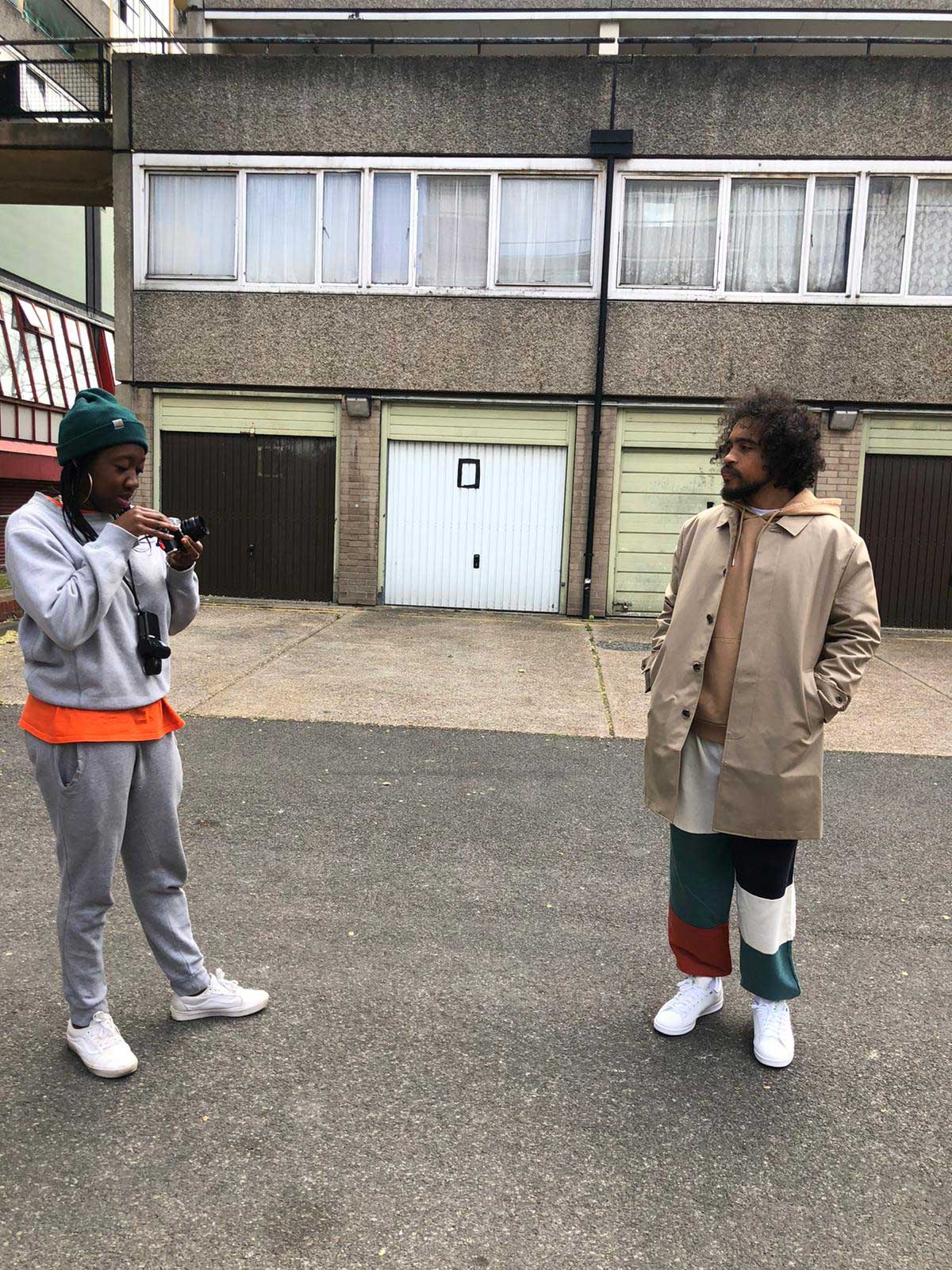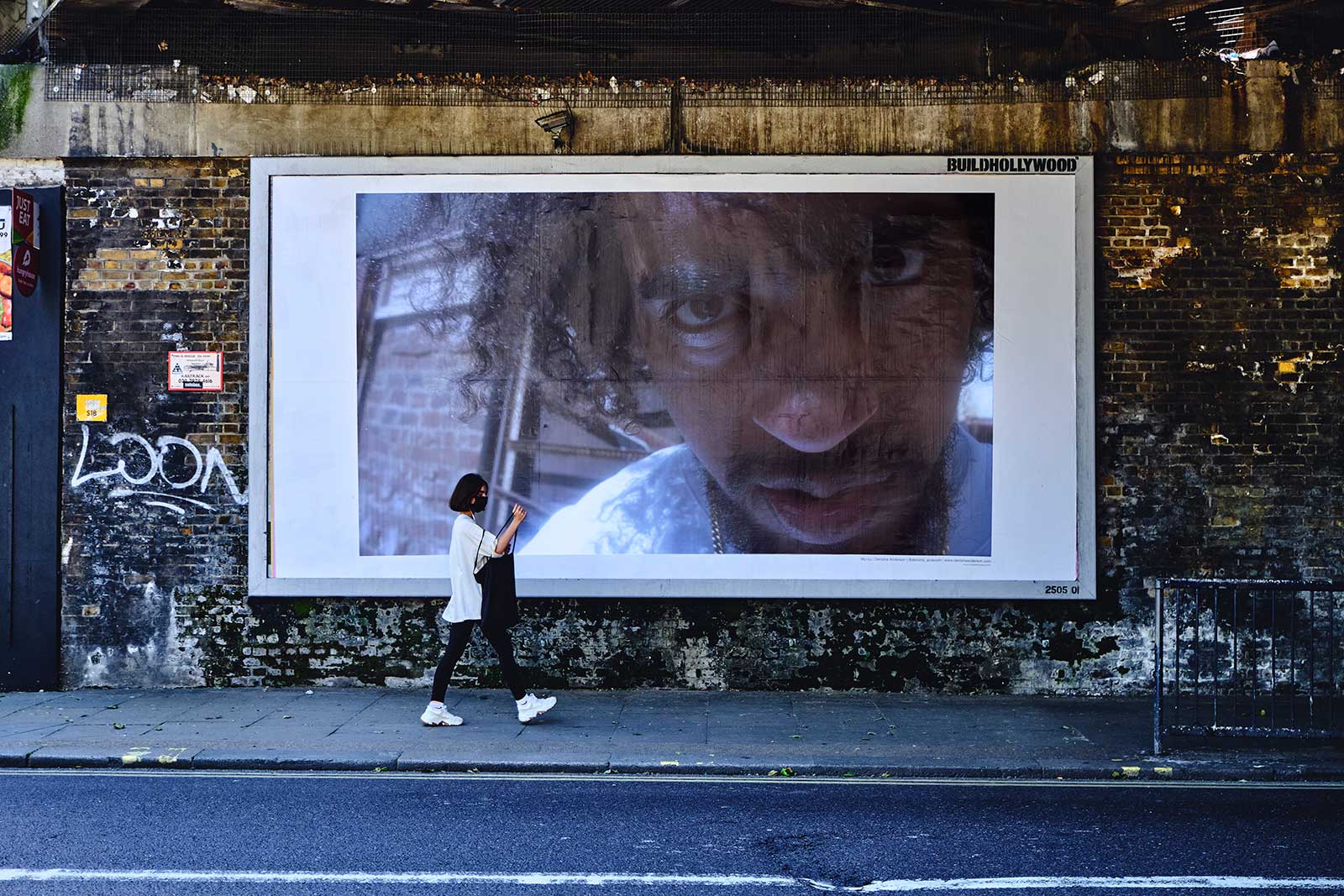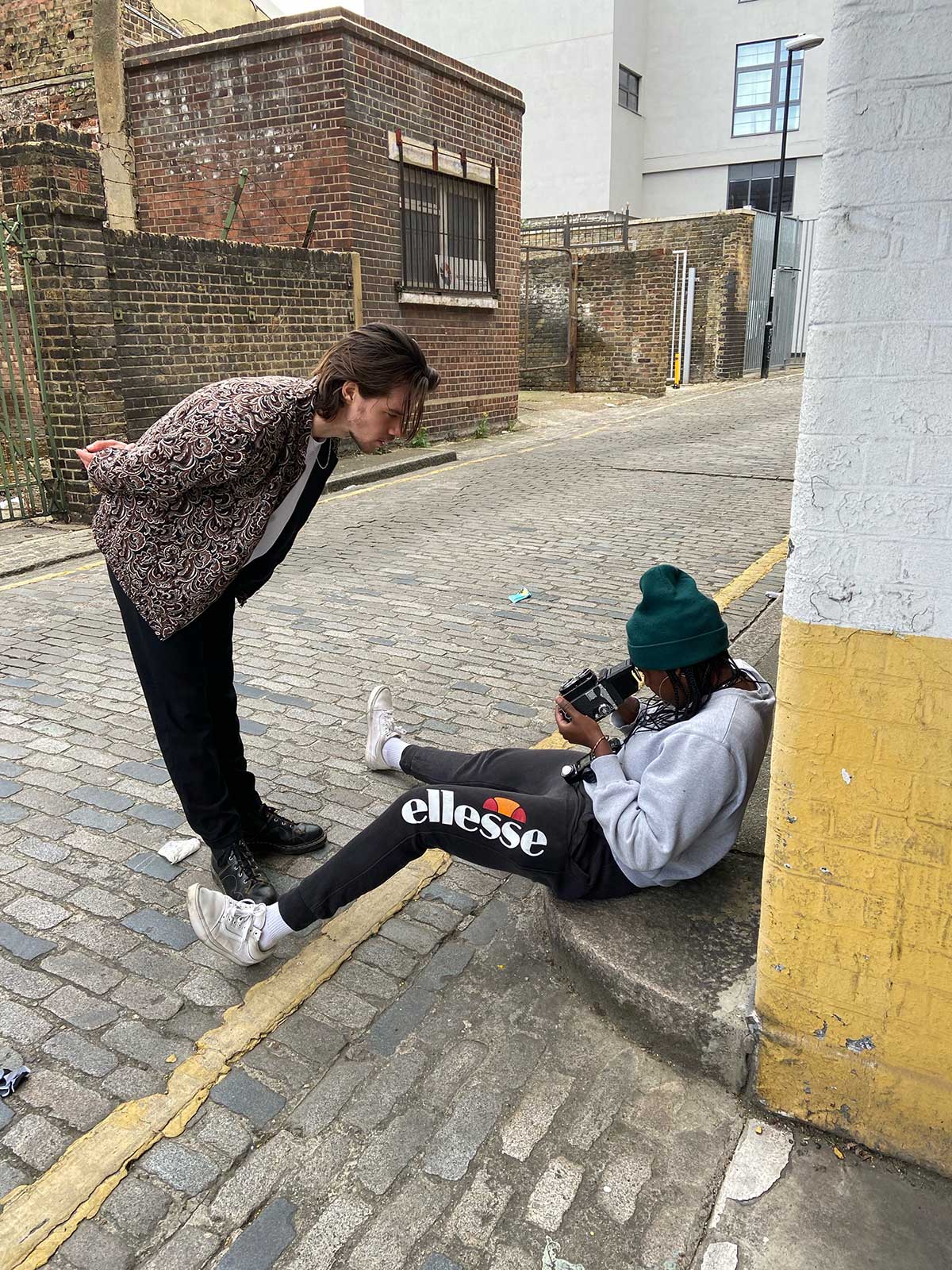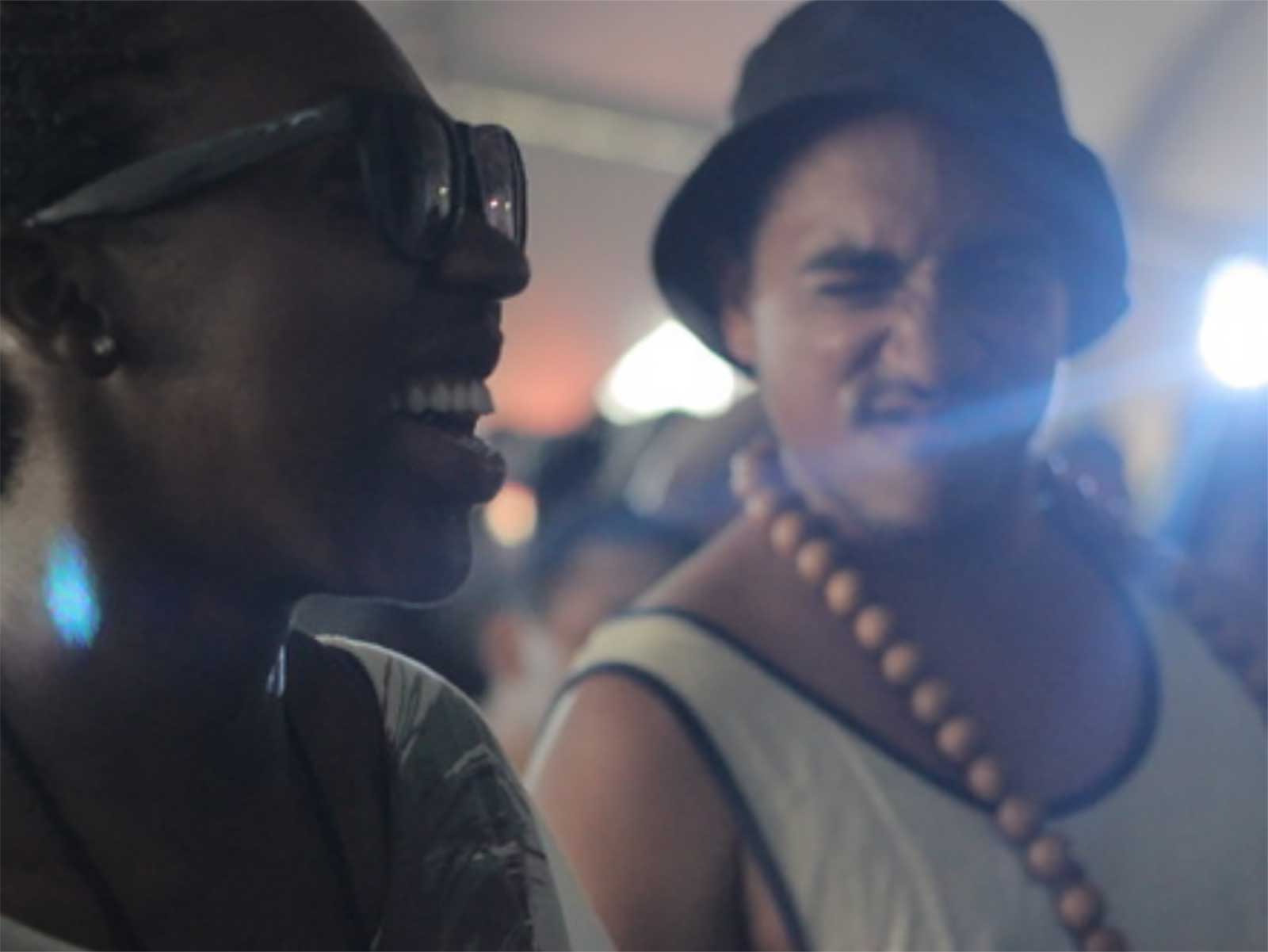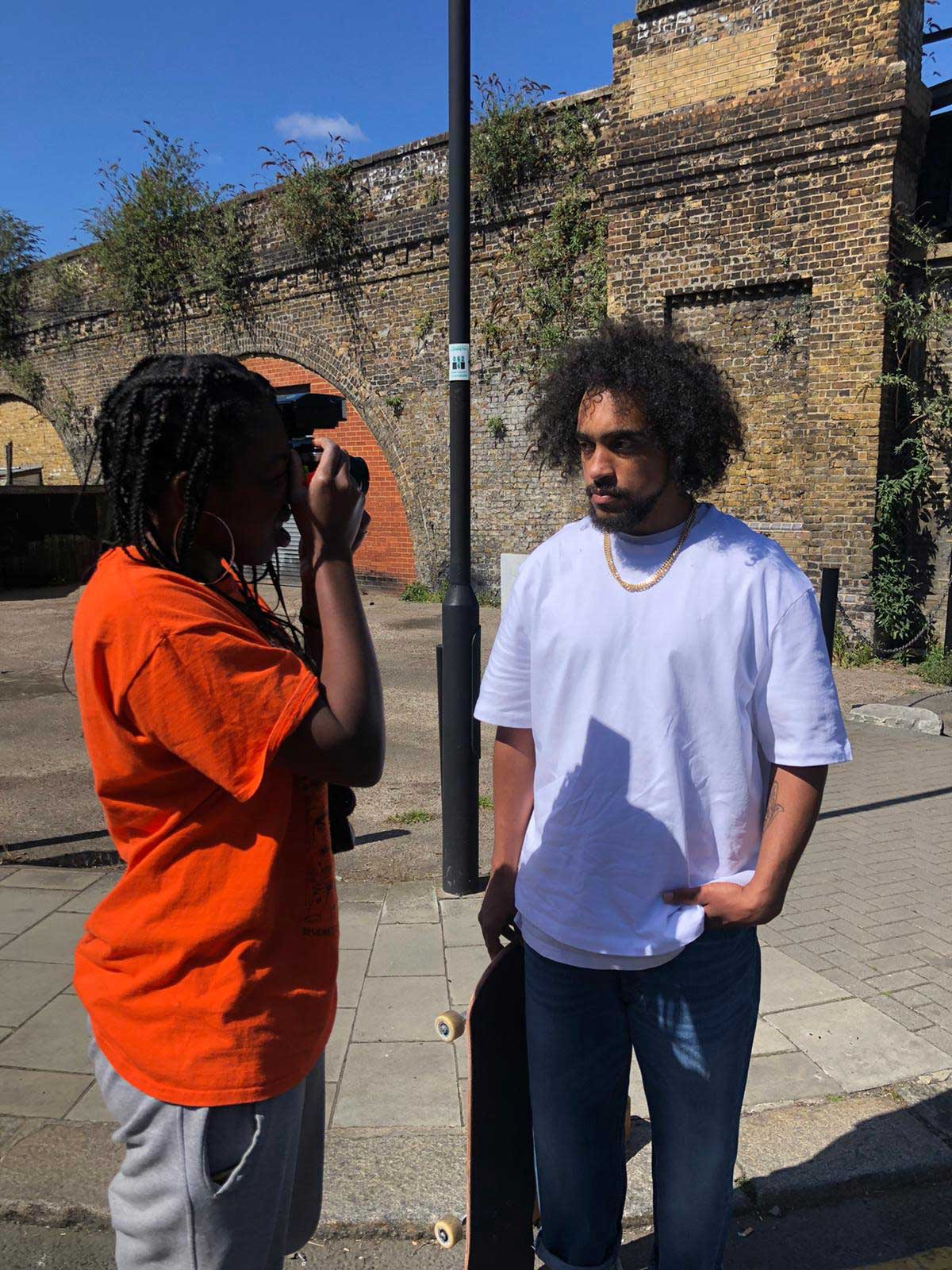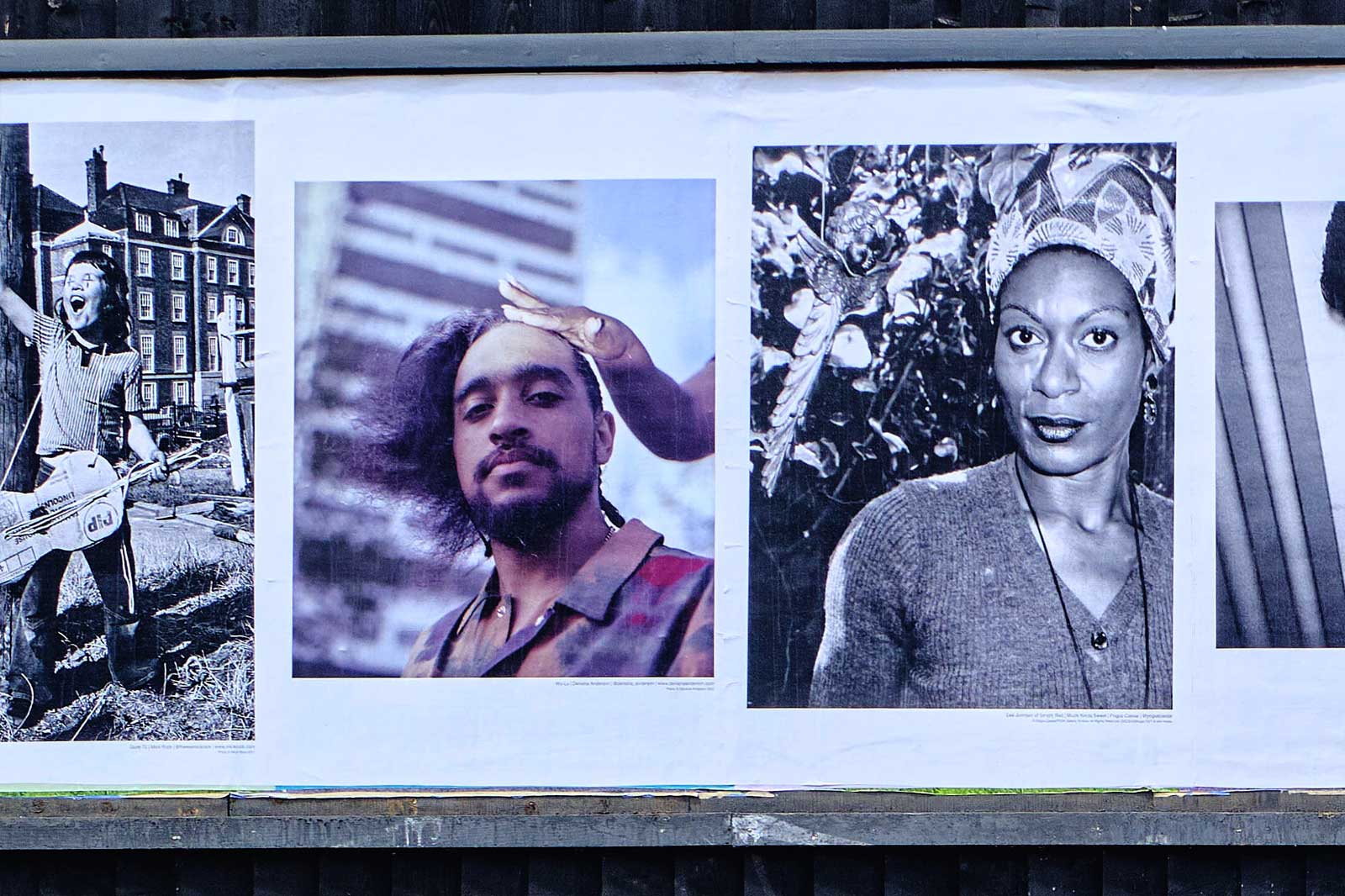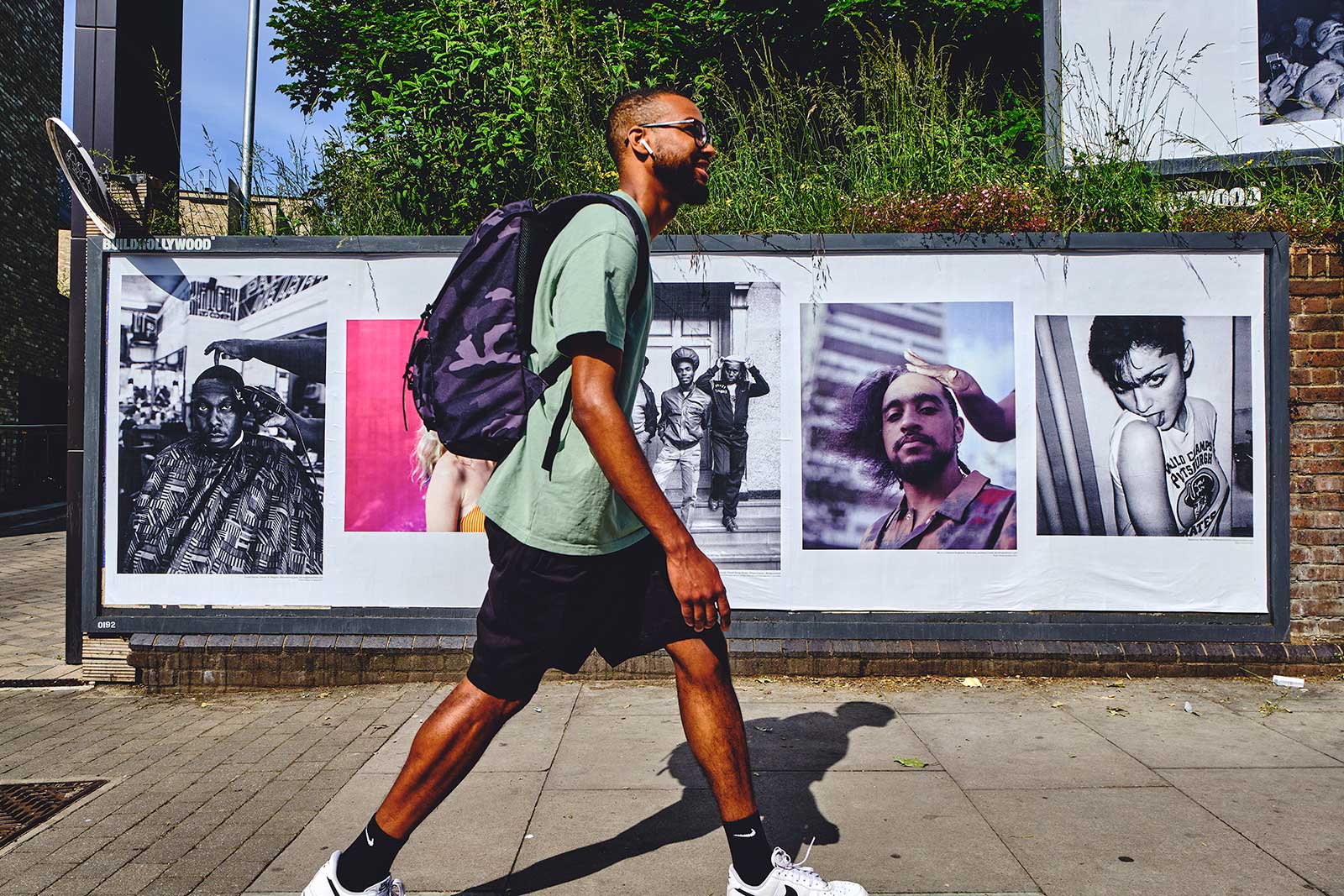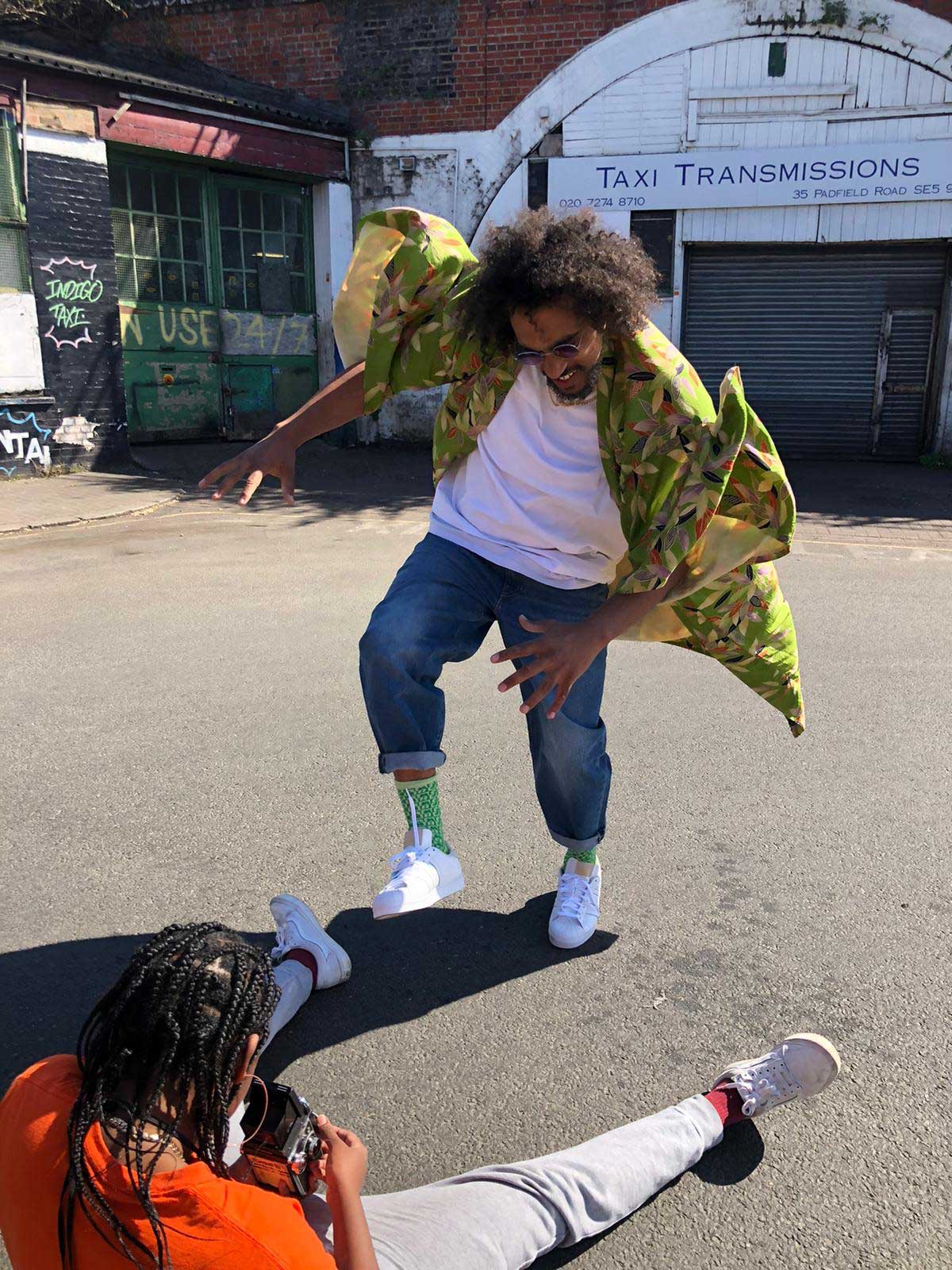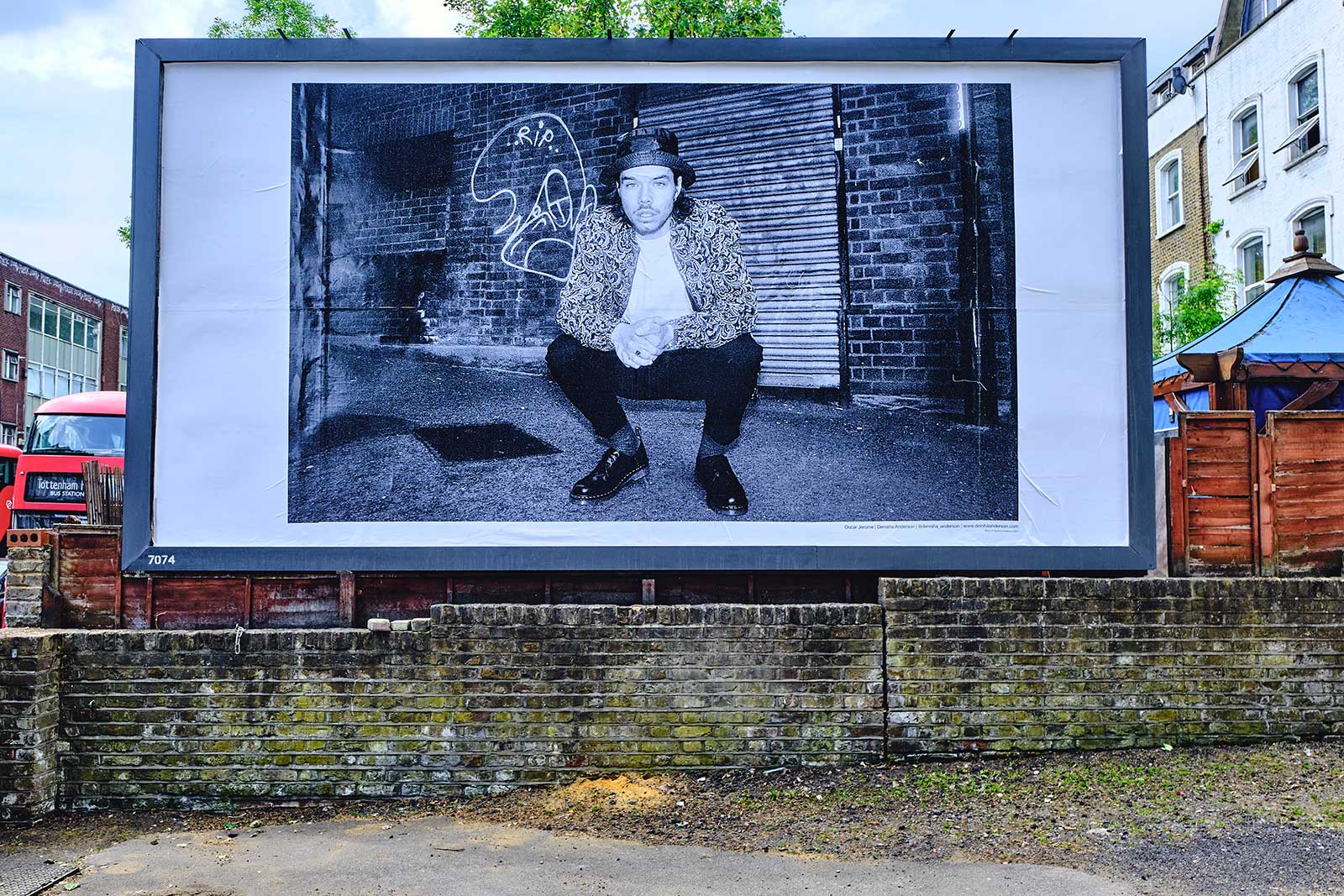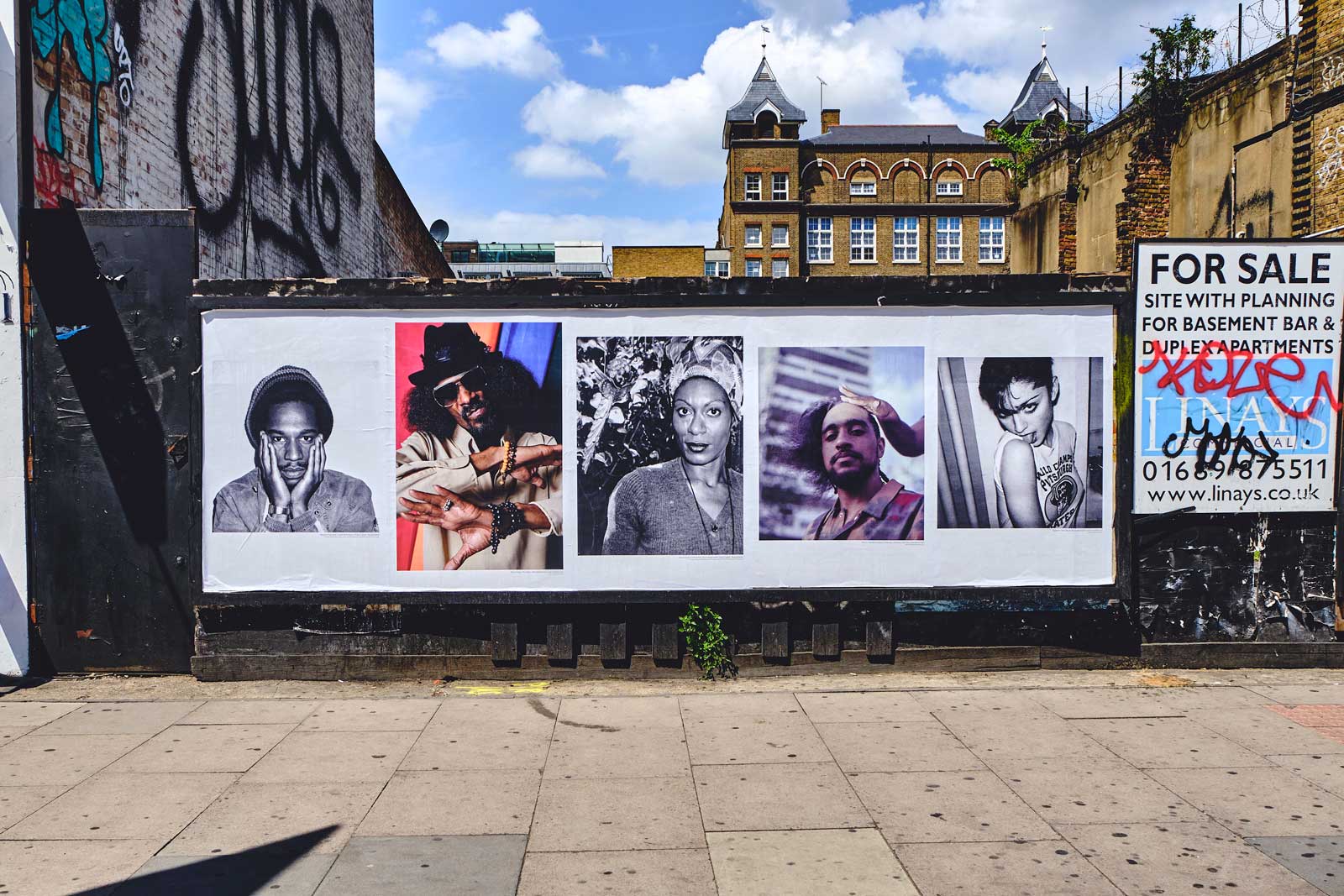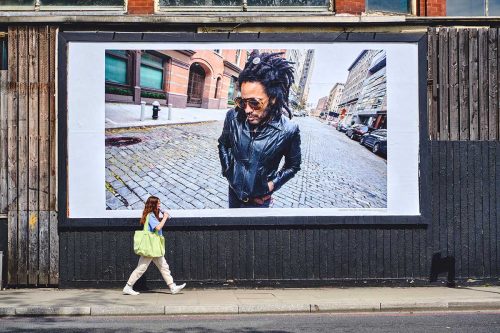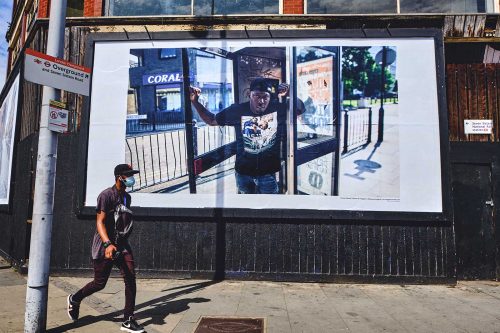Your Space Or Mine
Denisha Anderson
Denisha Anderson’s work comes from a fascination with humanity. Using documentary, portraiture and fashion styles, Anderson explores identity, race and gender, aiming to “create images that reveal the beauty in our shared human experience and to make the familiar unfamiliar.”
Anderson’s work for the project takes two of her musician friends and puts them in a street setting, in the centre of the communities where they grew up. Challenging both the viewer and her subjects, her striking images reveal much about music from South London, the street influences which define her subject’s style as well as the community that shaped them all as artists.
Anderson drew on a wealth of experience for the project which included debuting a long-term project ‘MAN’ at the Victoria & Albert Museum in 2018, contributing work to ‘The Self Portrait’ – an exhibition curated by Ronan Mackenzie and working alongside acclaimed filmmakers Spike Lee, Daniel Mulloy and Joost Vandebrug.
“I aim to empower my subject, whilst disrupting the pre-conceptions viewers may feel towards them,” Anderson says of her work. Here, she reveals more about the artists in her photos, their creation and why she is excited to see the pictures on the streets where they were taken.
09.06.21
Words by


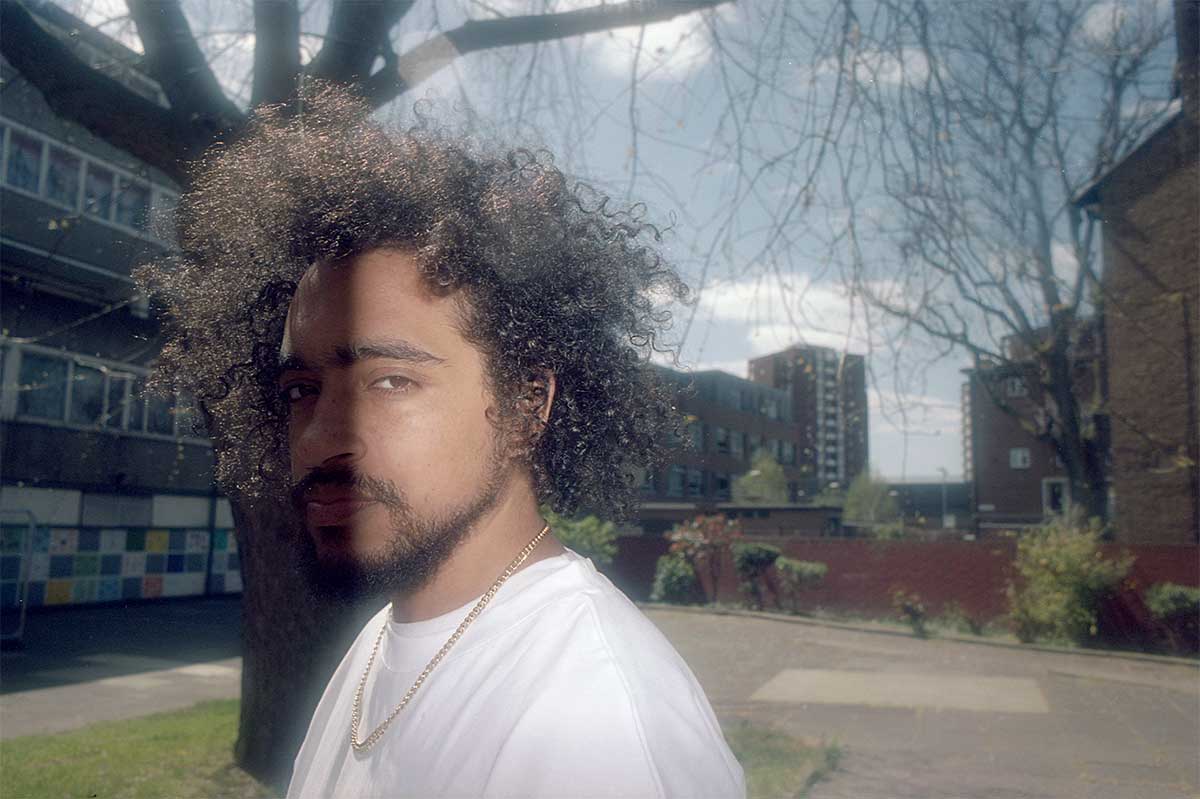
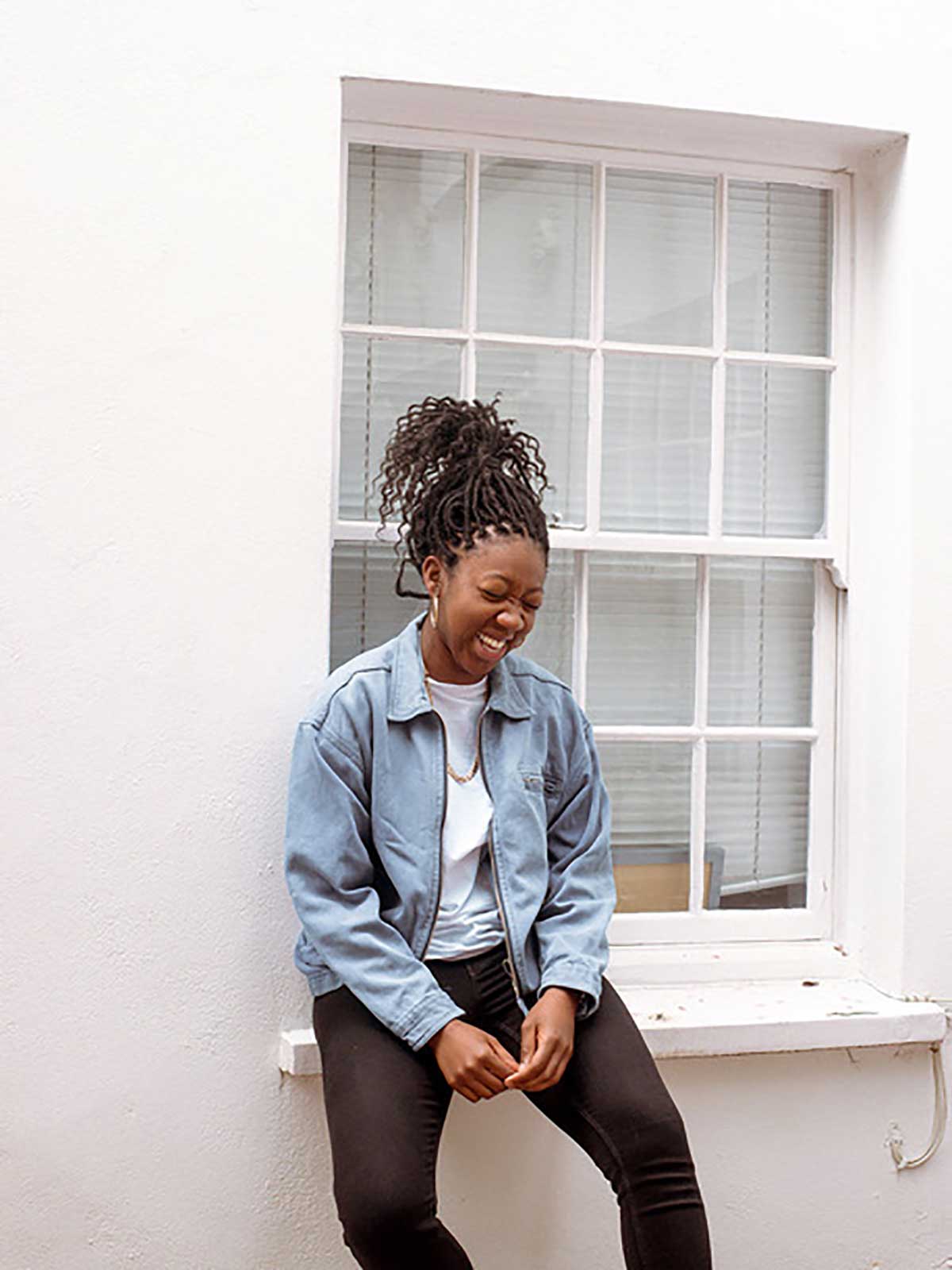
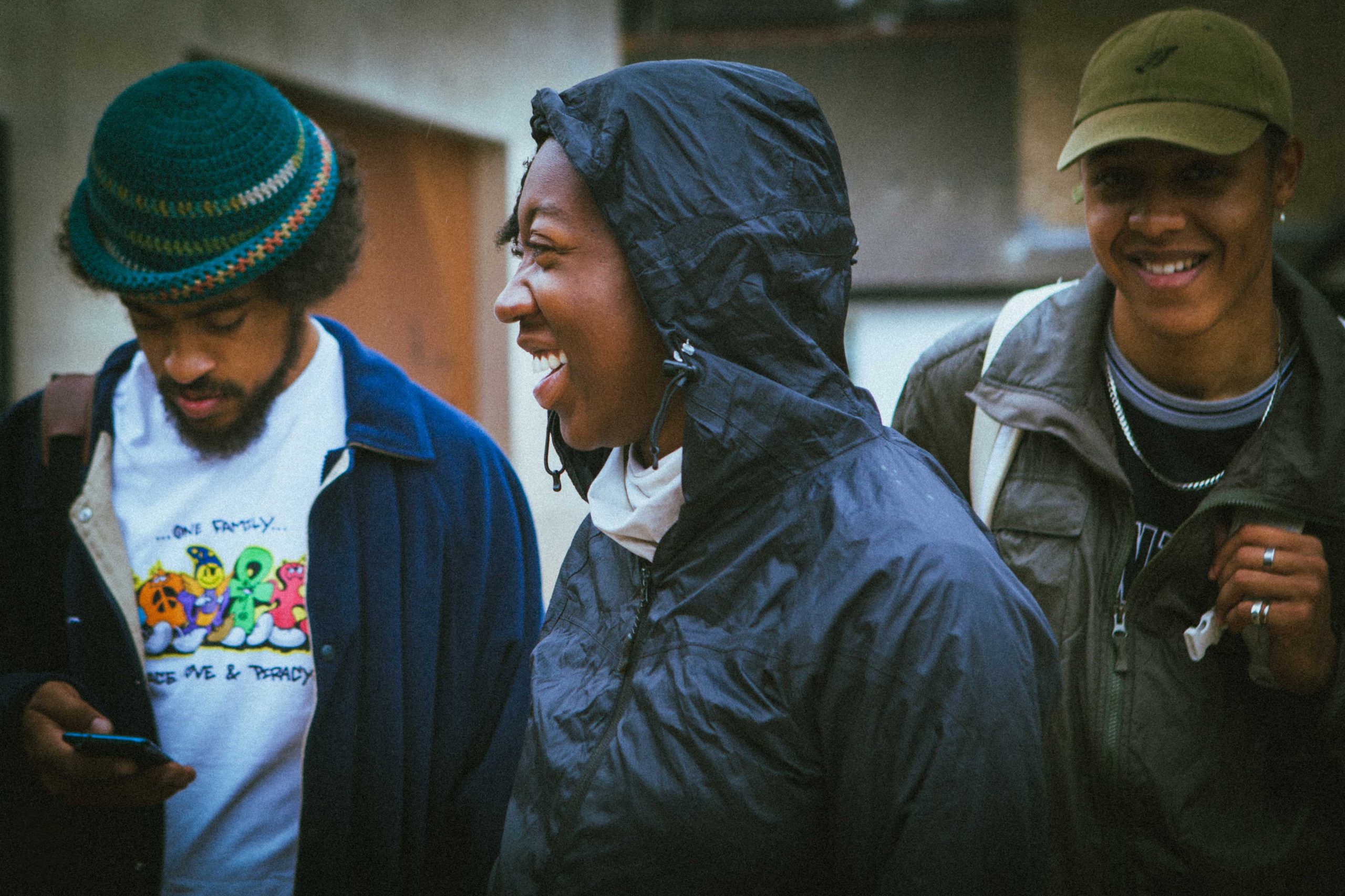 Nazmul Hoque
Nazmul Hoque
